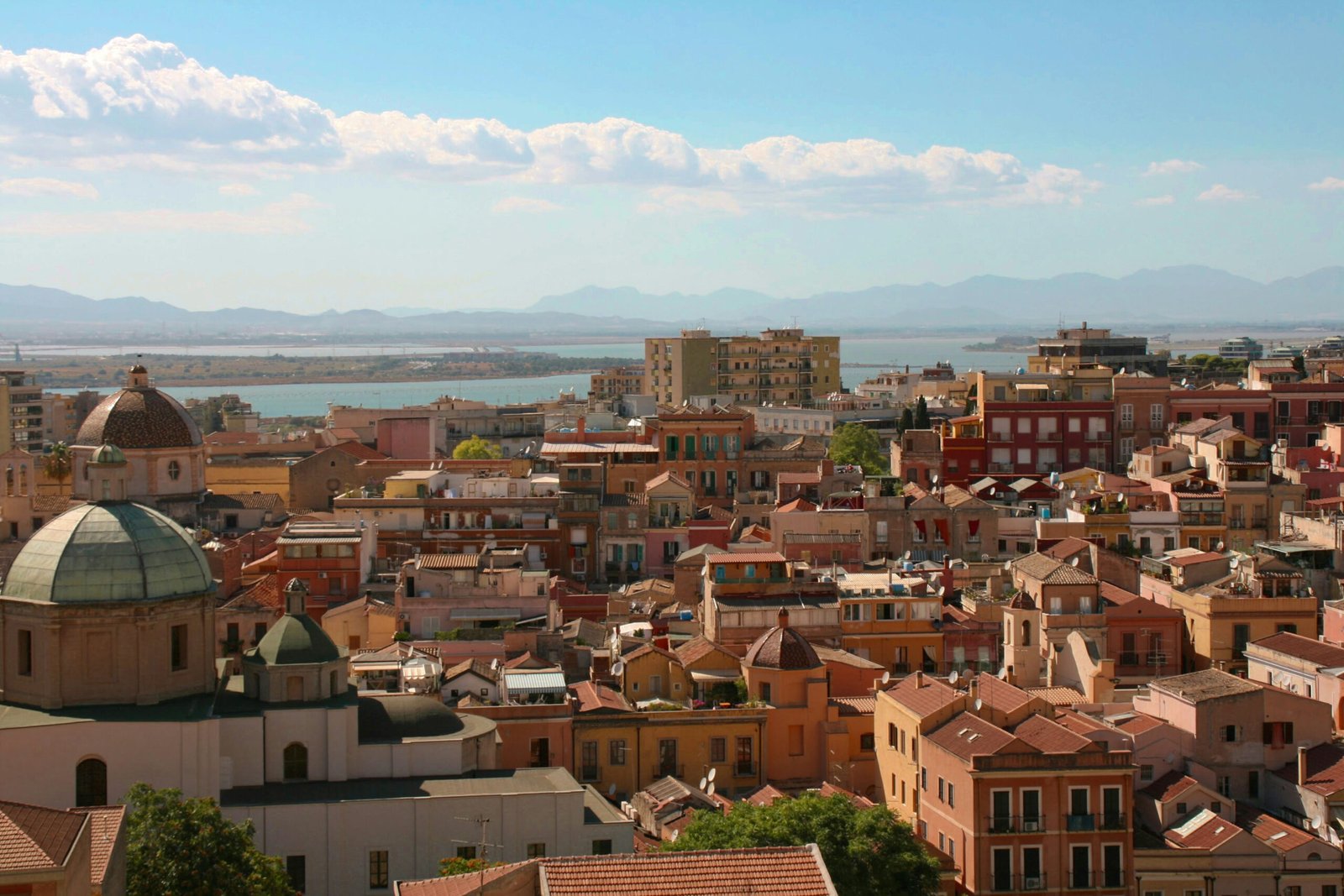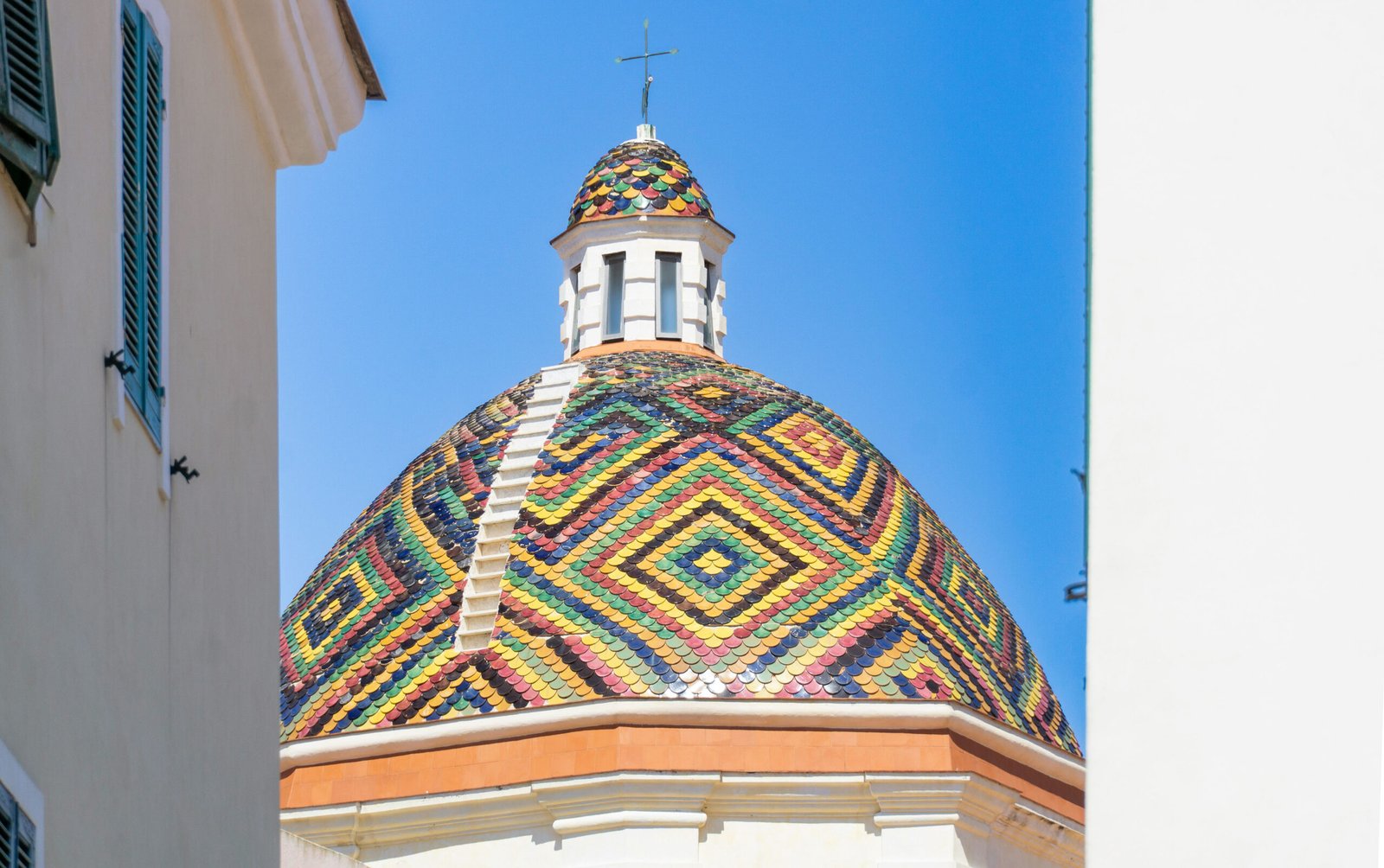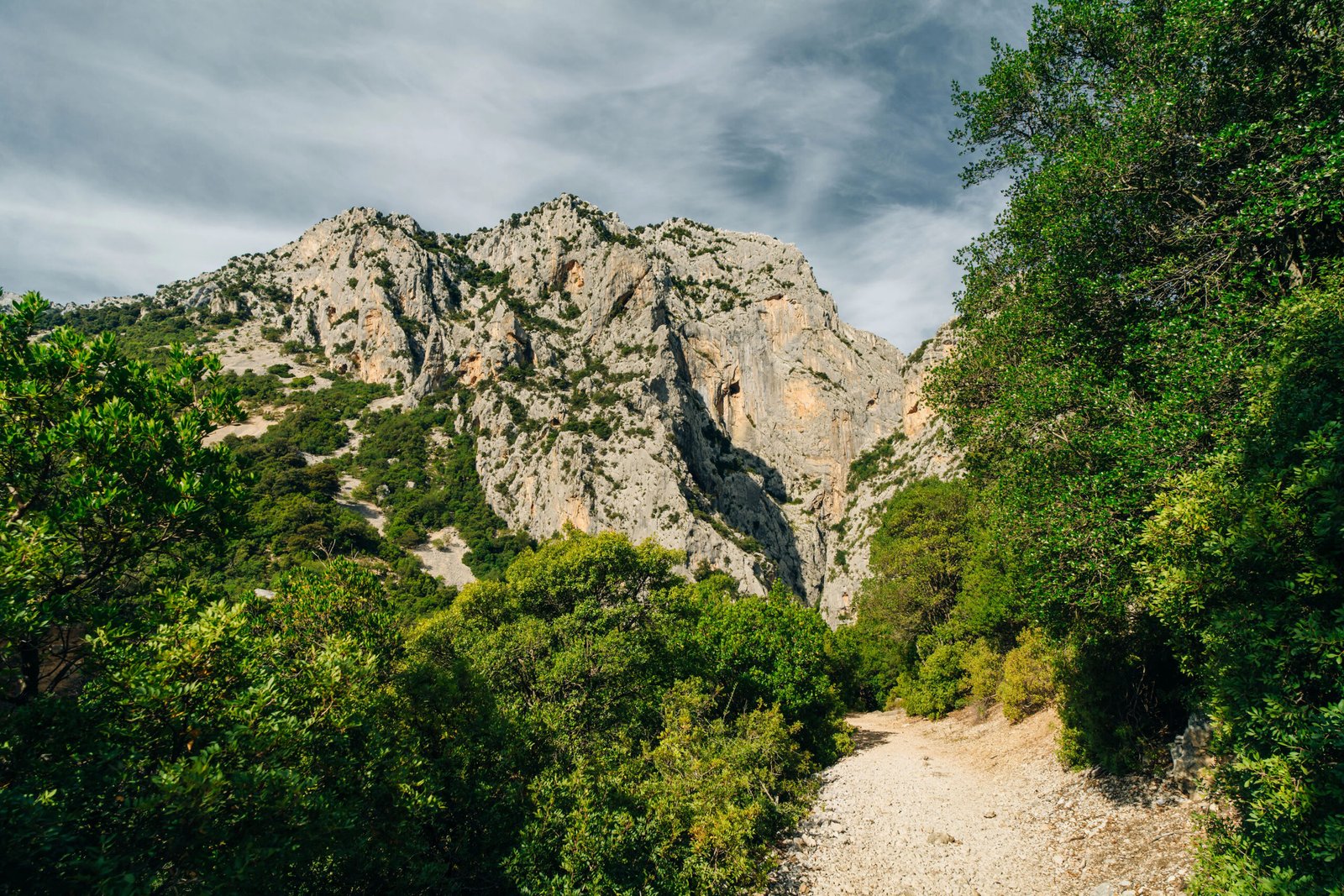A Mediterranean Escape
Sardinia, the second-largest island in the Mediterranean Sea, is renowned for its captivating beauty and diverse cultural heritage. Characterized by its rugged coastline, dramatic cliffs, and pristine beaches, Sardinia offers a variety of natural landscapes that draw visitors from around the globe. The island is not only a retreat for sun-seekers and beach lovers but also a haven for those interested in history and culture.
The island's geography is multifaceted, featuring mountains, forests, and vibrant rural areas. These diverse elements create numerous opportunities for outdoor activities, such as hiking, cycling, and water sports. Visitors can explore the extensive network of trails that lead through the rugged terrain, offering breathtaking views of the surrounding landscapes and the azure waters of the Mediterranean.
In addition to its natural attractions, Sardinia boasts a rich tapestry of cultural history. From the ancient Nuragic civilization, known for its stone towers called nuraghi, to the regional traditions that influence the island's cuisine and festivals, Sardinia is a place where history is palpable in every corner. The charming towns and villages reflect centuries of history, showcasing unique architecture and local customs.
The island is also famous for its culinary offerings, including delicious seafood, traditional cheeses, and world-class wines. Visitors can indulge in various gastronomic experiences that highlight the local produce and culinary traditions that have been passed down through generations.
Places
Sardinia Highlights

Cagliari
Cagliari, the capital city of Sardinia, is a vibrant tapestry woven from centuries of history, culture, and tradition. This coastal city, with its strategic location on the southern shores of the island, serves as a gateway for visitors to explore the rich heritage of Sardinia. One of the city's most fascinating sites is the Roman amphitheater, a remarkable structure dating back to the 2nd century A.D. Built into a hillside, this ancient venue once hosted gladiatorial games and theatrical performances. Today, it stands as a testament to the city’s Roman past, and it regularly hosts concerts and events that unite locals and tourists alike.
Moving beyond the ancient ruins, the Bastione di Saint Remy offers breathtaking views of Cagliari and its surrounding landscapes. Constructed in the late 19th century, this grand monument features stunning architecture and impressive staircases, making it a popular spot for both photography enthusiasts and casual visitors. The Bastione serves as a focal point for cultural events, where art exhibits and festivals take place, reflecting the vibrant life pulsing through the city.
For those interested in authentic local experiences, the bustling San Benedetto Market is a must-visit attraction. This market, one of the largest in Italy, specializes in fresh produce, seafood, and traditional Sardinian delicacies, providing a glimpse into the culinary heart of the region. As visitors wander through the colorful stalls, they encounter local vendors enthusiastic about sharing their products and stories.

Alghero
Alghero, a captivating town located on the northwest coast of Sardinia, is renowned for its unique Catalan influence and rich history. This picturesque destination offers visitors a glimpse into a bygone era, characterized by its well-preserved medieval architecture. The old town of Alghero is surrounded by ancient walls, featuring narrow cobblestone streets that meander through charming piazzas, bustling artisan shops, and exquisite restaurants. The town's vibrant Catalan heritage is palpable, as seen in the distinctive dialect spoken by the locals, alongside the delightful fusion of traditions evident in the region's cuisine.
The Coral Coast, stretching from Alghero down toward Capo Caccia, is an idyllic stretch of coastline known for its breathtaking scenery and crystal-clear waters. This area is famous for its underwater coral fishing, which has been a tradition for centuries, showcasing the relationship the local population has with the sea. The vibrant, red coral harvested from these waters has earned Alghero the title of “Coral City,” where visitors can explore the crafts that celebrate this unique resource. The coastline is also dotted with impressive cliffs and secluded coves, making it a perfect destination for nature lovers and photographers alike.
Moreover, the local cuisine reflects the dual influences of Italian and Spanish culinary traditions. Visitors can savor a range of dishes, from flavorful seafood prepared with skillful techniques to traditional meat-based options that highlight the region’s agricultural bounty. Local eateries often serve unique, coral-inspired recipes, offering a distinctive taste of Alghero’s rich culinary heritage.

Gennargentu National Park
Gennargentu National Park, located in the heart of Sardinia, Italy, is a haven for nature enthusiasts and eco-tourists alike. This stunning park is renowned for its breathtaking mountain landscapes, dominating the central region of the island. Rising to its tallest peak, Punta La Marmora, which stands at 1,834 meters, the park boasts a diverse topography that ranges from rugged cliffs to gentle slopes, weaving a beautiful tapestry of natural beauty.
One of the primary attractions of Gennargentu National Park is its extensive network of hiking trails. These trails cater to a variety of skill levels, making it an ideal destination for both casual walkers and seasoned trekkers. As visitors traverse the scenic paths, they are treated to views of cascading waterfalls, lush valleys, and panoramic vistas that highlight the region's unique geological formations. The park is particularly famous for its wild hiking routes that allow for an immersive experience within the serene wilderness, often revealing the local wildlife during the journey.
In addition to its stunning scenery, Gennargentu is rich in biodiversity. The park is home to numerous species of flora and fauna, many of which are endemic to the region. Nature lovers can observe the famed Sardinian deer, or "Cervo Sardo," along with various species of birds, reptiles, and diverse plant life. Conservation efforts are paramount within the park to preserve this unique ecosystem, showcasing the importance of eco-tourism in promoting environmental sustainability.
